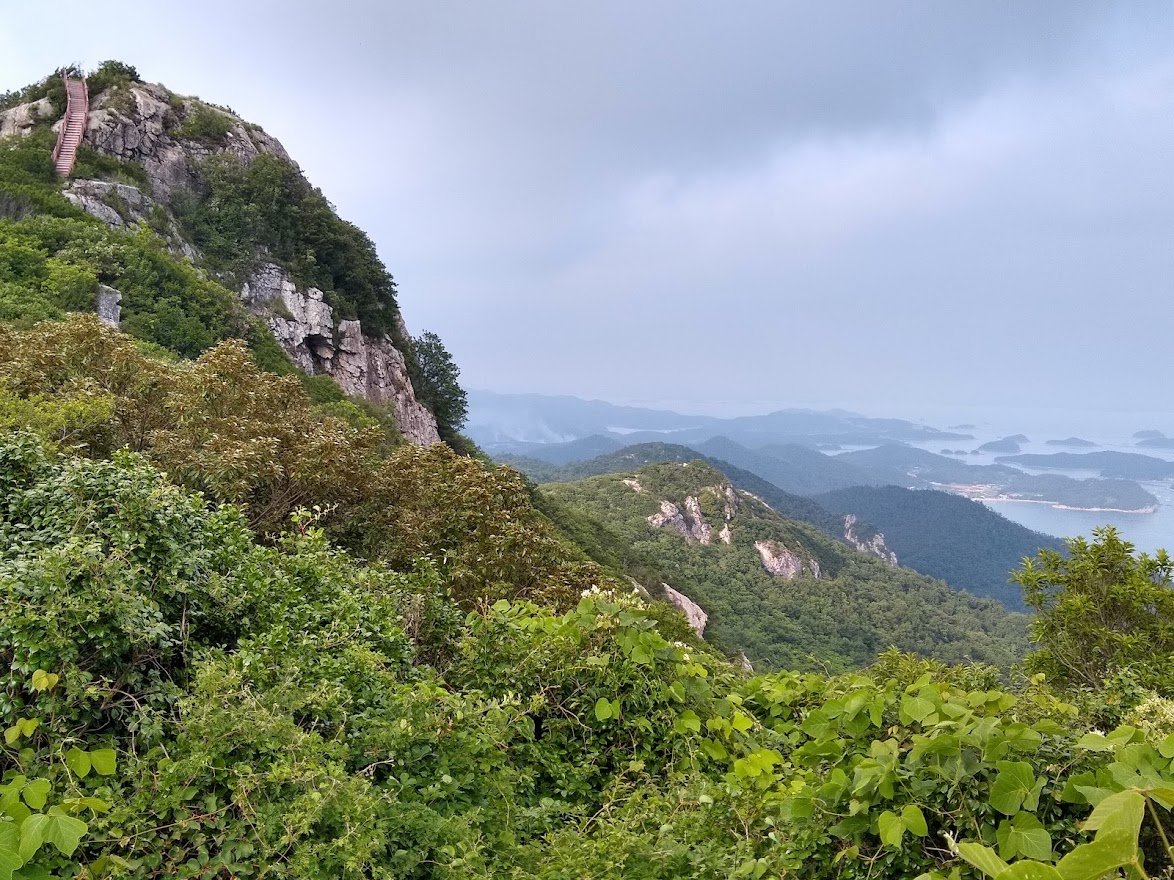Research Themes
We strive to understand the processes shaping soils as we find them in the field.
Our research publication and funding histories are available through Google Scholar, Research Gate, or ORCID.
Like a copy of a paper? Feel free to request pdf at here.
-

Global W"o"rming
About 10,000 years ago, the last glaciers wiped out the native earthworm populations in much of high latitude ecosystems. Tundra, boreal forests and temperate forests in these formerly glaciated regions have since evolved in the absence of native earthworms. Such status quo has changed dramatically across the world recently. Humans are vectors of earthworms. What we do with, to, and on lands, such as gardening, farming, logging, recreational fishing, have the potential to move around earthworms and their cocoons. The Global W”o”rming has a long history. Once unleashed, these exotic earthworms can be a catastrophic source of disturbances to the natural vegetation. We are studying earthworm invasion mechanisms and their ecosystem effects in Minnesota, Fennoscandia, and Alaska.
-

Bottom Up Understanding of Land-People Interactions in World Cultures
The diversity of human-managed landscapes is fascinating. Such diversity owes its complexity not only to environmental conditions but also to cultural, socio-economical, and historical circumstances. People have been innovating their ways of interacting with lands as well. We are studying how these people-land dynamics have shaped the landscapes, soils, and ecosystem processes. Our works under this topic include (1) the impacts of rural depopulation on landscape biogeochemistry on Jindo, an Island in S. Korea, (2) indigenous mountain farming in Mexico, and (3) the development of socio-economic landscapes in the prehistoric Ta'u, American Samoa.
-

Landscape Evolution and Soil Biogeochemistry
The shapes of land are in constant change. On coastal hillslopes in California, pocket gophers, while tunneling soils for foraging and sheltering, generate sediment transport, thus soil erosion. In forests, trees don’t burrow, but they anchor their roots into soils. Root growth and tree throw perturb soils and can cause soil erosion on steep slopes. Tilling and biomass harvesting on agricultural lands further increase soil erosion by a factor of hundreds and even thousands. How do physical movements of soils in grasslands, forests, and domesticated landscapes affect the cycles of elements in soils? After all, soils move (or are moved), and that matters for the chemistry of soils. We study coupled nature of landscape evolution and soil biogeochemistry in Minnesota, California, Pennsylvania, Delaware, and SE Australia.